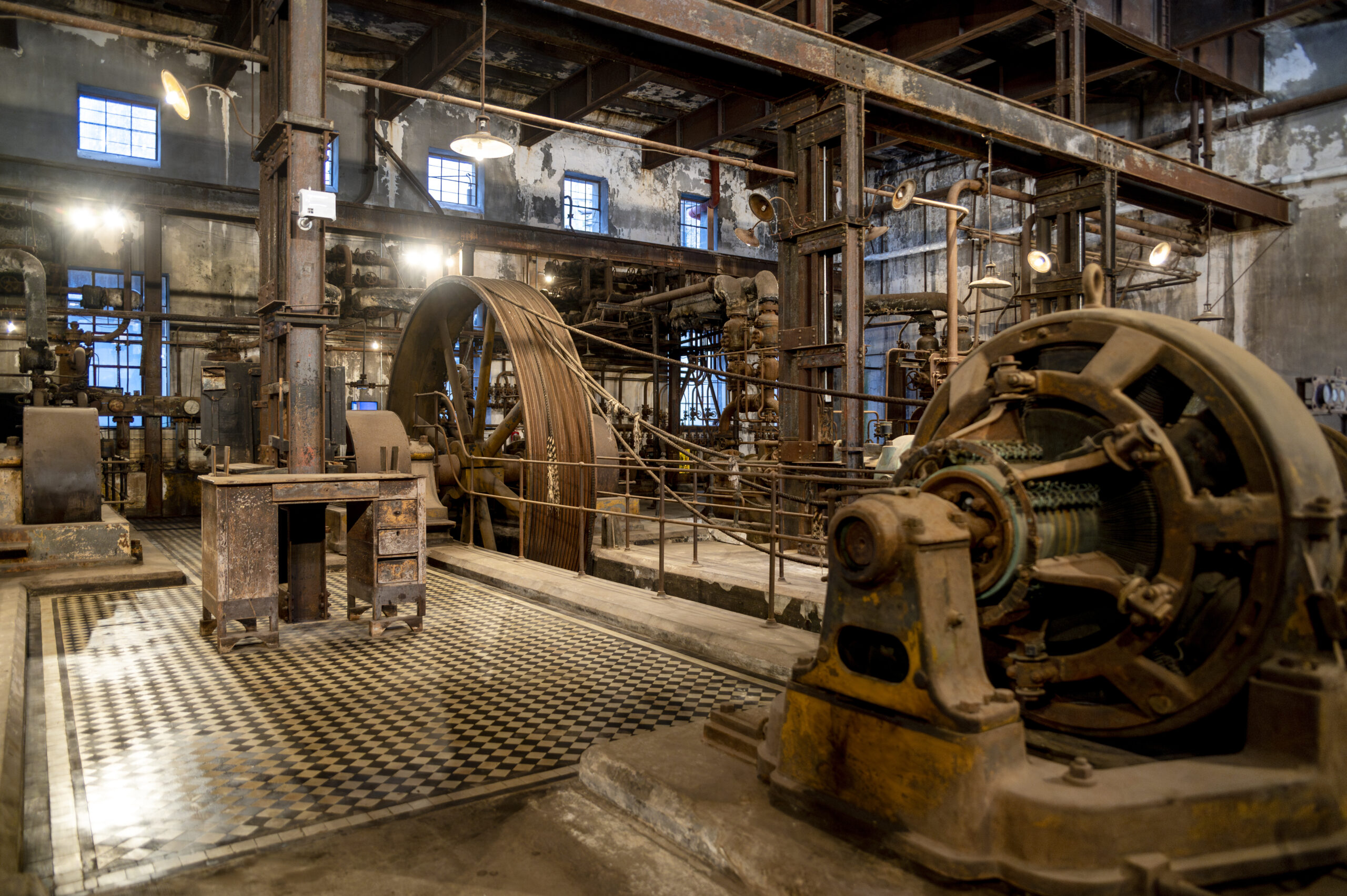
The Sim Corder/Harrison Mill is a monumental achievement in early industrial engineering, symbolizing the ingenuity and innovative spirit of the era. As a significant fixture in industrial history, this mill’s engineering marvels inspire awe and admiration. From its strategic design to its lasting impact on local economies and industries, the mill represents a true testament to the brilliance of mechanical engineering. Its technological advancements, operational efficiency, and enduring legacy have cemented its place as a pillar of industrial progress.
The Origins of Sim Corder/Harrison Mill
The history of the Sim Corder/Harrison Mill begins in an era when industrial progress was gaining momentum. Built during a technological transformation, the mill was designed to meet the growing demands of manufacturing and agricultural processing. Its early success can be attributed to carefully considering location and resources. By positioning the mill along a vital waterway, engineers ensured the availability of hydroelectric power, an innovative feature that dramatically increased its operational capacity.
Moreover, the mill’s construction utilized the latest materials and methods. The founders of the Sim Corder/Harrison Mill recognized the need for a structure that could withstand industrial production demands while minimizing operational costs. This balance of functionality and durability began a new chapter in milling technology. With its high-quality construction and forward-thinking design, the mill quickly became a center of industry, attracting workers and serving as a catalyst for local economic growth.
Mechanical Innovations in the Mill
What truly set the Sim Corder/Harrison Mill apart from other mills of its time was the level of mechanical innovation incorporated into its design. The mill engineers incorporated cutting-edge technology, with much of it focused on optimizing power generation and efficiency. One of the most significant innovations was the introduction of a dual-purpose water wheel system, which not only powered the mill but also assisted in waste management by redirecting water to be used in multiple stages of production. This helped to maximize the utility of the natural resources at hand, increasing output while maintaining sustainability.
Furthermore, the mill’s operational machinery was far ahead of its competitors. This technology enabled the mill to produce higher volumes with minimal wear and tear, thus reducing the need for costly maintenance. The attention to detail in these mechanical advancements showcases the technical prowess of the engineers who worked on the project.
The Role of the Sim Corder/Harrison Mill in Industrial Growth
By offering a reliable, efficient, and scalable solution for mass production, the mill played a vital role in helping to shape local economies and industrial landscapes. The mill’s introduction of new production processes and technologies improved the quality of products and made them more affordable and accessible. This fostered a greater demand for goods, spurring the growth of related industries, such as transportation and logistics.
In addition to fostering industrial growth, the Sim Corder/Harrison Mill contributed to developing a skilled workforce. The mill’s need for a steady labor supply encouraged the establishment of vocational training programs and apprenticeships. These initiatives allowed workers to acquire technical skills that were invaluable in other sectors of the economy. As a result, the mill served as a manufacturing hub and an educational institution, providing workers with the knowledge and experience needed to thrive in an industrialized world.
Enduring Legacy of the Sim Corder/Harrison Mill
Even today, the legacy of the Sim Corder/Harrison Mill continues to influence modern industrial practices. The dual-purpose water wheel system and the efficient use of resources foreshadowed modern green energy practices, which emphasize reducing waste and maximizing output. This foresight into sustainable practices is a hallmark of cutting-edge industrial operations today.
Furthermore, the engineering techniques used in the mill’s construction paved the way for subsequent innovations in the field of mechanical engineering. The engineering marvels of this mill thus laid the foundation for many of the machines and production processes that would define the 19th and 20th centuries.
Conservation and Modern-Day Recognition
The site has become a historical landmark, attracting visitors worldwide who seek to learn about its technological innovations and role in shaping industrial history. Preservation efforts have focused on maintaining the structural integrity of the original buildings and machinery, allowing visitors to witness firsthand the remarkable engineering feats that went into the creation of the mill.
In addition to its historical significance, the Sim Corder/Harrison Mill is a testament to the importance of conservation in preserving the stories of industrial heritage. Modern engineers and historians continue to draw inspiration from its legacy by recognizing the mill’s value as a functional piece of machinery and as an educational tool. The mill’s preservation has sparked renewed interest in early industrial engineering, highlighting the importance of maintaining the historical narrative and ensuring that future generations appreciate the technological advancements that have shaped the modern world.
The Sim Corder/Harrison Mill is an iconic symbol of early industrial innovation, showcasing engineering and design brilliance from a bygone era. Its influence stretches far beyond its time, leaving a lasting legacy shaping modern industrial practices. The mill’s mechanical innovations, contribution to economic growth, and sustainable practices serve as a testament to the vision and ingenuity of its creators. As efforts to preserve the site continue, the Sim Corder/Harrison Mill will remain a beacon of industrial heritage, inspiring future generations to push the boundaries of what is possible in engineering and technology.